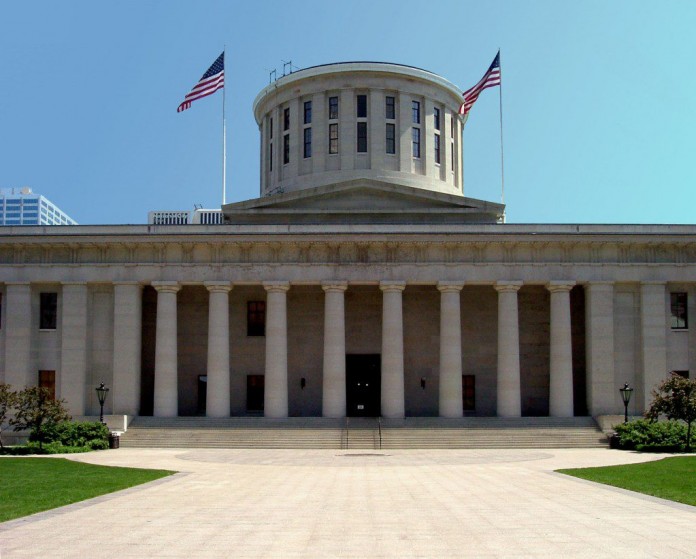The Ohio legislature agreed on the state’s next biennial budget, House Bill 110, late June 28. The final version of the budget includes funding for broadband expansion, removes language restricting municipal broadband networks and funds the H2Ohio water quality initiative for the next two years, among other things.
The Senate agreed to the conference committee report in a 32-1 vote, and the House agreed in an 82-13 vote. The budget goes now to Gov. Mike DeWine, who will have to sign it by June 30 for it to go into effect by the July 1 deadline. DeWine also has the power to veto line items.
Broadband
The conference committee for the budget added funding for broadband expansion grants back into the budget, after the Senate axed that funding in its version.
The final version includes $250 million to fund a residential broadband expansion grant program established by House Bill 2 earlier this year. That’s exactly the amount DeWine recommended for broadband expansion in his budget proposal earlier this year, and more than the $190 million the House initially suggested.
The conference committee also removed language added in the Senate version that would have heavily restricted municipal networks for broadband. That change comes after multiple municipalities and municipal network operators protested, saying the new restrictions could force their networks to shut down.
Water quality and ag
The budget includes $170 million for H2Ohio, the state’s water quality initiative, over the next two years. The $170 million is less than the $240 million DeWine originally suggested — decreases were mainly in the Ohio EPA’s portion of the budget for the program. Instead, the legislature kept overall funding levels for the initiative similar to funding for the first two years.
Almost $50 million of that will go to the department of agriculture each year for its part of the program, which helps farmers adopt best management practices to reduce nutrient runoff into Lake Erie. Farmland nutrient runoff contributes to harmful algal blooms in the lake.
The Ohio EPA will get $10 million each year to continue projects on things like wastewater and drinking water. The Ohio Department of Natural Resources will get $25 million each year to continue wetland restoration and other water quality projects.
The budget also includes about $1.5 million for farmland preservation over the next two years, and another million in coronavirus relief for county fairs in 2022.
Response
Other provisions in the budget that have received a lot of attention include a 3% income tax cut and changes to the school funding formula. House and Senate legislators on both sides of the aisle applauded the investments in broadband and H2Ohio.
Democrat leadership expressed concerns about some provisions, saying tax changes would largely benefit wealthy Ohioans and criticizing cuts for clean water infrastructure, among other things. They indicated they would send a list of requested line item vetoes to DeWine.












